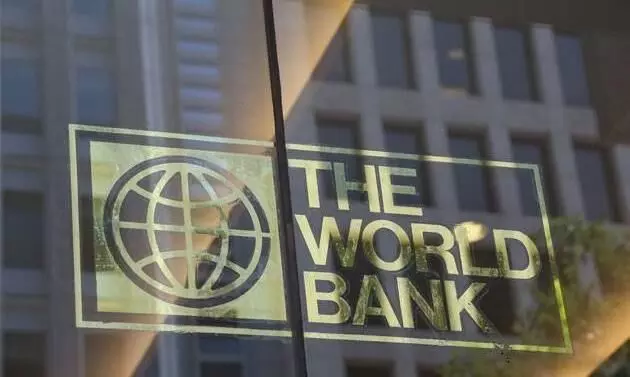
World Bank lowers growth forecast for East Asia due to China's economic slowdown
text_fieldsWashington: The World Bank has revised its growth forecast for developing economies in East Asia to one of the lowest rates in five decades, primarily attributing this gloomy outlook to a slowdown in China.
According to a report by the Financial Times, the World Bank has reduced its growth projection for China in the coming year to 4.4%, down from the 4.8% forecast in April. Notably, this figure falls even below China's own growth forecast of five percent.
The World Bank's downgrade is based on a series of concerning indicators for the world's second-largest economy. Weaknesses cited include plummeting retail sales, stagnant house prices, and increasing household debt.
Furthermore, the World Bank has lowered its GDP growth projection for developing economies in East Asia and the Pacific to 4.5% for 2024, down from the 4.8% projection in the first quarter of the current fiscal year. This rate of growth is one of the slowest experienced by this typically high-performing region, with exceptions being the impacts of the coronavirus pandemic, the Asian financial crisis, and the global oil shock in the 1970s.
Aaditya Mattoo, the World Bank's chief economist for East Asia and the Pacific, expressed that China's recovery from strict pandemic controls had been expected to be more sustained and significant than it proved to be.
Several factors contribute to this economic downturn. These include retail sales in China falling below pre-pandemic levels, stagnant house prices, increased household debt, and a lack of private-sector investment. To put China back on a trajectory of expected growth, the World Bank suggests implementing "deeper" service sector reforms.
"In a region which has really thrived through trade and investment in manufacturing... the next big key to growth will come from reforming the services sectors to harness the digital revolution," added Mattoo.
Another significant factor contributing to this economic decline is trade tensions between China and the United States.
For years, Beijing benefited from tariffs imposed on Washington, which redirected demand for imports toward other countries in the region, particularly Vietnam. However, the introduction of the IRA (Infrastructure Investment and Jobs Act) and new chip rules in 2022 shifted the balance in favor of the United States.
These changes have had a negative impact on Southeast Asian countries as their exports of affected products to the U.S. declined. Rising levels of household, corporate, and government debt have further compounded these economic challenges.























